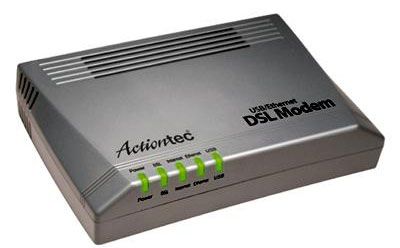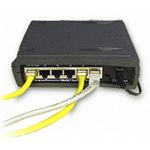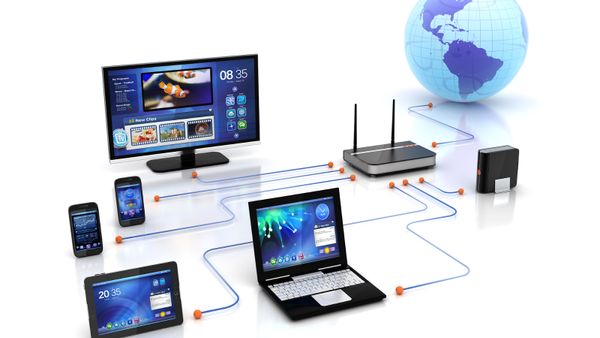If you have read How USB Ports Work, then you know that a USB port has a maximum data rate of 12 megabits per second (Mbps). However, of that available bandwidth, an individual USB device can use only up to 6 Mbps. And if you have several devices attached to the USB ports and they pump lots of data, this competition may further lower the data rate.
An Ethernet card, on the other hand, connects directly to the computer's bus. Ethernet cards come in two flavors: one that accepts 10 Mbps, and another that accepts 100 Mbps.
Advertisement
If you are on a cable modem late at night with no one else sharing the line (see How Cable Modems Work for a discussion on sharing), the cable modem can run at data rates faster than 10 Mbps. In normal circumstances, however, a few megabits per second is far more likely. Taking this into account, you could install a 100-Mbps Ethernet card if you want the best possible peak performance.
Also, an Ethernet card is likely to be more consistent, since it is dedicated to network traffic (as opposed to a USB connection, which may handle traffic from a number of devices). One difference is the ease of installation. To install an Ethernet card, you have to open the computer casing, while the USB option takes 5 seconds to plug it in.
For more information, see the next page.
Advertisement



